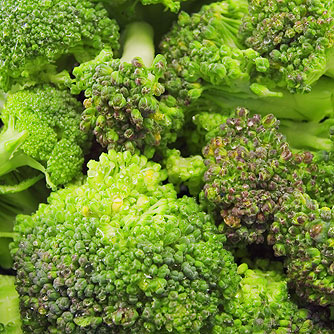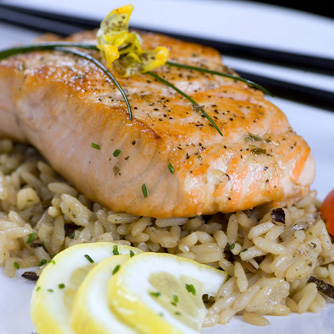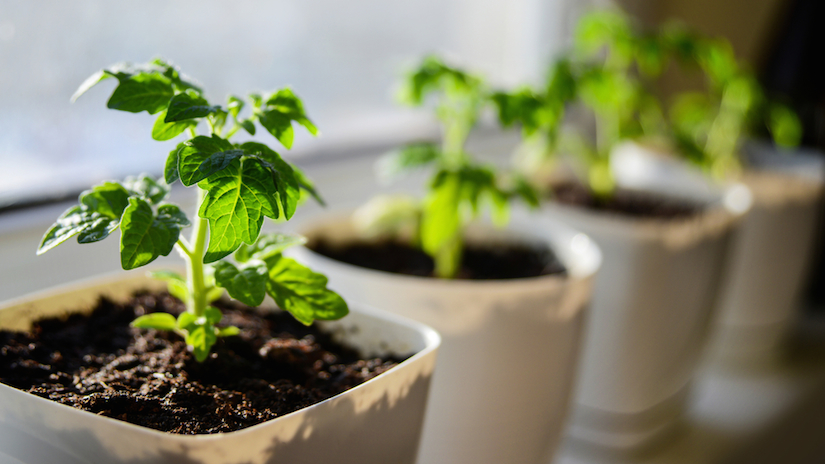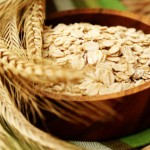Clean sink drains. Pour salt mixed with hot water down the kitchen sink regularly to deodorize and keep grease from building up.
Remove water rings. Gently rub a thin paste of salt and vegetable oil on the white marks caused by beverage glasses and hot dishes, on wooden tables.
Clean greasy pans. Cast-iron skillets can be cleaned with a good sprinkling of salt and paper towels.
Clean stained cups. Mix salt with a dab of dish soap to make a soft scrub for stubborn coffee and tea stains.
Clean refrigerators. A mix of salt and soda water can be used to wipe out and deodorize the inside of your refrigerator, a nice way to keep chemical-y cleaners away from your food.
Clean brass or copper. Mix equal parts of salt, flour and vinegar to make a paste, and rub the paste on the metal. After letting it sit for an hour, clean with a soft cloth or brush and buff with a dry cloth.
Clean rust. Mix salt and cream of tartar with just enough water to make a paste. Rub on rust, let dry, brush off and buff with a dry, soft cloth. You can also use the same method with a mix of salt and lemon.
Clean a glass coffee pot. Every diner waitress’ favorite tip: add salt and ice cubes to a coffee pot, swirl around vigorously, and rinse. The salt scours the bottom, and the ice helps to agitate it more for a better scrub.
Attack wine spills. If your tipsy aunt tips her wine on the cotton or linen tablecloth, blot up as much as possible and immediately cover the wine with a pile of salt, which will help pull the remaining wine away from the fiber. After dinner, soak the tablecloth in cold water for thirty minutes before laundering. (Also works on clothing.)
Quell oversudsing. Since of course we are all very careful in how much detergent we use in our laundry, we never have too many suds. But if…you can eliminate excess suds with a sprinkle of salt.
Dry clothes in the winter. Use salt in the final laundry rinse to prevent clothes from freezing if you use an outdoor clothes line in the winter.
Brighten colors. Wash colored curtains or washable fiber rugs in a saltwater solution to brighten the colors. Brighten faded rugs and carpets by rubbing them briskly with a cloth that has been dipped in a strong saltwater solution and wrung out.
Remove perspiration stains. Add four tablespoons of salt to one quart of hot water and sponge the fabric with the solution until stains fade.
Remove blood stains. Soak the stained cloth in cold saltwater, then launder in warm, soapy water and boil after the wash. (Use only on cotton, linen or other natural fibers that can take high heat.)
Tackle mildew or rust stains. Moisten stained spots with a mixture of lemon juice and salt, then spread the item in the sun for bleaching–then rinse and dry.
Clean a gunky iron bottom. Sprinkle a little salt on a piece of paper and run the hot iron over it to remove rough, sticky spots.
Set color. Salt is used commonly in the textile industry, but works at home too. If a dye isn’t colorfast, soak the garment for an hour in 1/2 gallon of water to which you’ve added 1/2 cup vinegar and 1/2 cup salt, then rinse. If rinse water has any color in it, repeat. Use only on single-colored fabric or madras. If the item is multicolored, dry-clean it to avoid running all of the colors together.
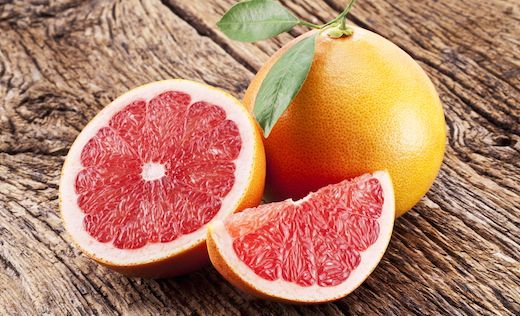 Our livers work extremely hard everyday to protect us from adverse affects from toxins and often it is easy for our livers to become overworked compromising our health significantly. Here are 7 common foods you can include daily to help cleanse your liver naturally.
Our livers work extremely hard everyday to protect us from adverse affects from toxins and often it is easy for our livers to become overworked compromising our health significantly. Here are 7 common foods you can include daily to help cleanse your liver naturally. 
